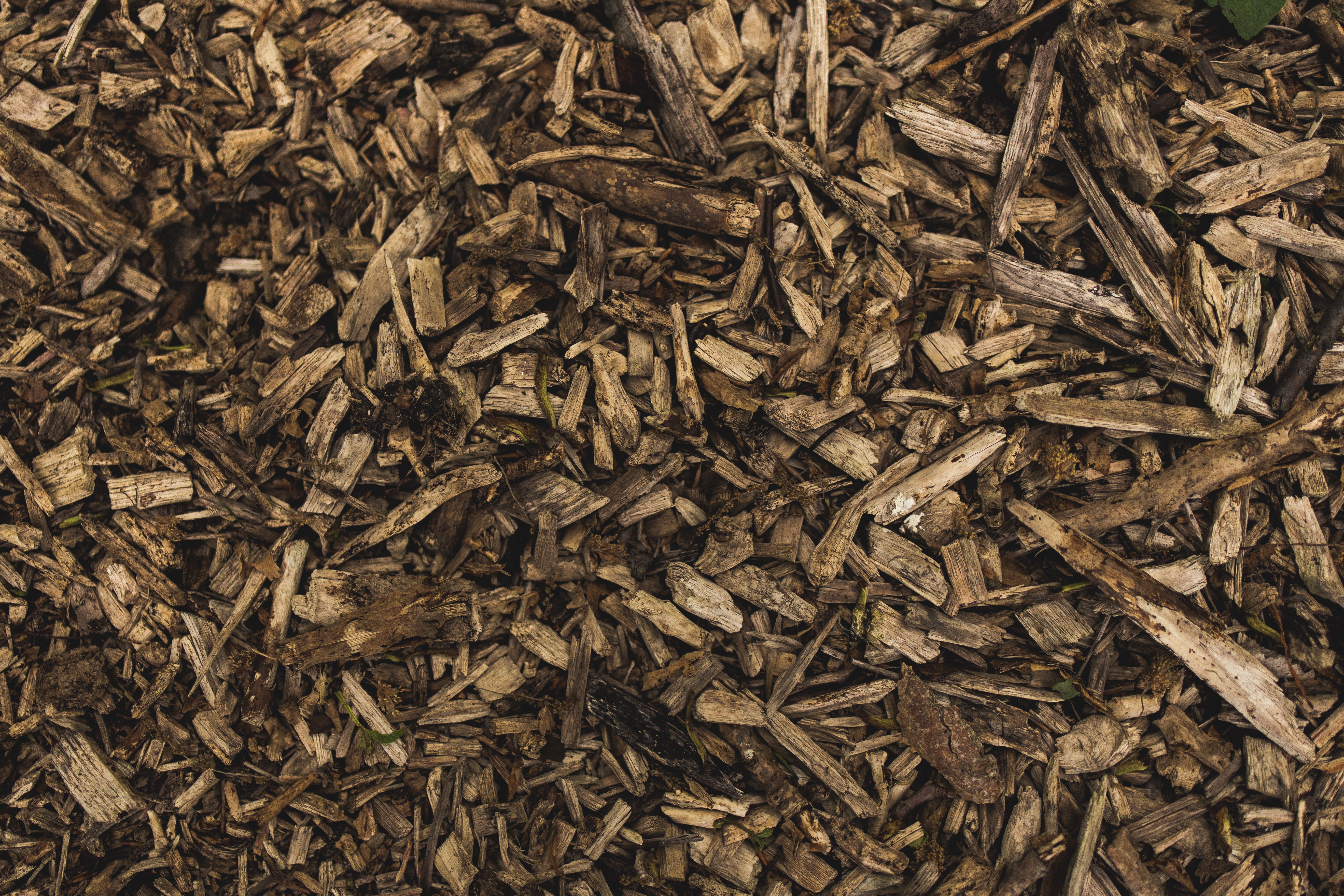
There really is nothing like the smell of certain types of fresh mulch, is there?
As soon as that new layer of mulch is applied over your soil, there’s that somewhat sweet, earthy smell that seems to waft far and wide. And, whether or not you like that distinctive smell (or if the mulch you use has a different aroma), it certainly represents the promise of healthier, more beautiful landscaping.
What exactly is mulch, and what precisely is the point?
For many of us, when it comes to establishing a garden or setting up and then maintaining your yard, we know what we have to do, but we’re not always familiar with why.
Think about mulching. You know that mulch is a must, but what exactly does it do for your landscaping?
The Basics
First of all, by definition, mulch is material that is spread over soil as a protectant. It’s really like a face mask that covers the surface of your landscaping. This “mask” keeps your soil healthfully moist, prevents weeds, regulates temperature, prevents erosion, and conserves water. In other words, mulch facilitates healthy plant growth while also reducing how much you need to manually water your soil.
Bonus: it also keeps your yard looking consistent and attractive. (With all its health and beauty benefits, mulch really is like a face mask, isn’t it?)
While it’s common to see brown wooden chips as mulch, there are actually many forms. And, mulch types will fall into two overarching categories – organic and inorganic. Examples of organic mulch are “chipped or shredded bark, pine needles, grass clippings, shredded leaves, and straw.”
Then, common types of inorganic (or synthetic) mulch are plastic, landscape fabric, and stone or gravel.
It’s important to note that every type of mulch will bring its own botanic benefits.
Optimizing and maintaining your mulch
For the best results, your soil should consistently have a two to four inch mulch covering. However, one mulch type doesn’t fit all. For example, according to The Home Depot, wood chips have the benefit of being affordable (sometimes even free), and they “break down slowly so are best used around shrubs and trees.”
On the other hand, stone-based mulch like gravel is best for more specific climates. Also in the words of The Home Depot, “stone absorbs more heat than organic material, making gravel a death sentence for some plants and a haven for others …reserve this option for succulent-filled or cold-climate gardens.”
(To discover the mulch that will be optimal for your gardening goals, you can simply contact experienced, professional Colorado landscapers like ColoradoScapes).
Regardless of the type of mulch you choose to protect your soil and plants, mulching is not a one-and-done chore.
Depending on the type, mulch will likely need to be completely replaced every six to ten years – whenever it begins to decompose, become discolored, or when you see signs of soil erosion.
Whether you replace mulch entirely or replenish it (and the frequency at which you do so) will depend on a number of factors: weather conditions, sun exposure, rainfall, mulch size, and, of course, mulch type). Just remember: the mulch layer should always be two to four inches in depth.
Avoiding mulch refresh mistakes
While a mulching overhaul may only be necessary every six to ten years, general mulch maintenance should be much more frequent. Adding a thin layer of new mulch every couple of years will be ideal for your garden oasis.
We cannot stress enough that, in many ways, less is more when it comes to refreshing your mulch. A layer too thick will often lead to mulch rotting, which prevents water from reaching your soil. Also, excess mulch will suffocate plant roots.
Aside from replenishment and re-layering, it is important to regularly rake and mix the mulch to smooth out potential clusters or compacted layers of it.
Then, the cycle continues: after raking, you can add a thin layer of new fresh mulch to your soil. Again, we emphasize that your mulch cover should always stand at two to four inches above soil.
The best mulch refresh schedule
Really, there’s no wrong season to mulch. However, it’s a great habit to conduct a mulch refresh (an audit, if you will) twice per year – once in the spring and once in the fall.
Spring is the perfect time to replenish mulch and make sure plants have an adequate amount of mulch to get through the hot summer months. Then, in the fall, making sure that mulch stands at the proper level ensures that plants will stay healthy during cold winter months.
Like we stated earlier, there are upsides to both inorganic and organic mulch. Inorganic mulch like rubber, for example, lasts much longer than mulch that comes from living materials. Still, even rubber mulching requires attention.
It is important to regularly rake and spread rubber mulch the same way you would with an option like wood chips. Although heavier than organic materials, rubber can still be displaced by heavy rain and strong winds might displace it. Note that rubber is a common form of mulch for playgrounds, so proper maintenance is also crucial to preventing injuries.
Eliminate the need to worry about mulch refresh
There is no plant that doesn’t benefit from some kind of mulching. And, although the process of keeping mulch – and thus your plants and soil – in the perfect condition is simple conceptually, it’s easy to forget to execute. If only mulch could talk…
Contact your favorite Colorado landscapers today to make sure your bases (and soil) are covered. ColoradoScapes can regularly perform this kind of work for you, and will consult with you to establish the ideal schedule for your landscape so that it always blooming with healthy, beautiful plants.
